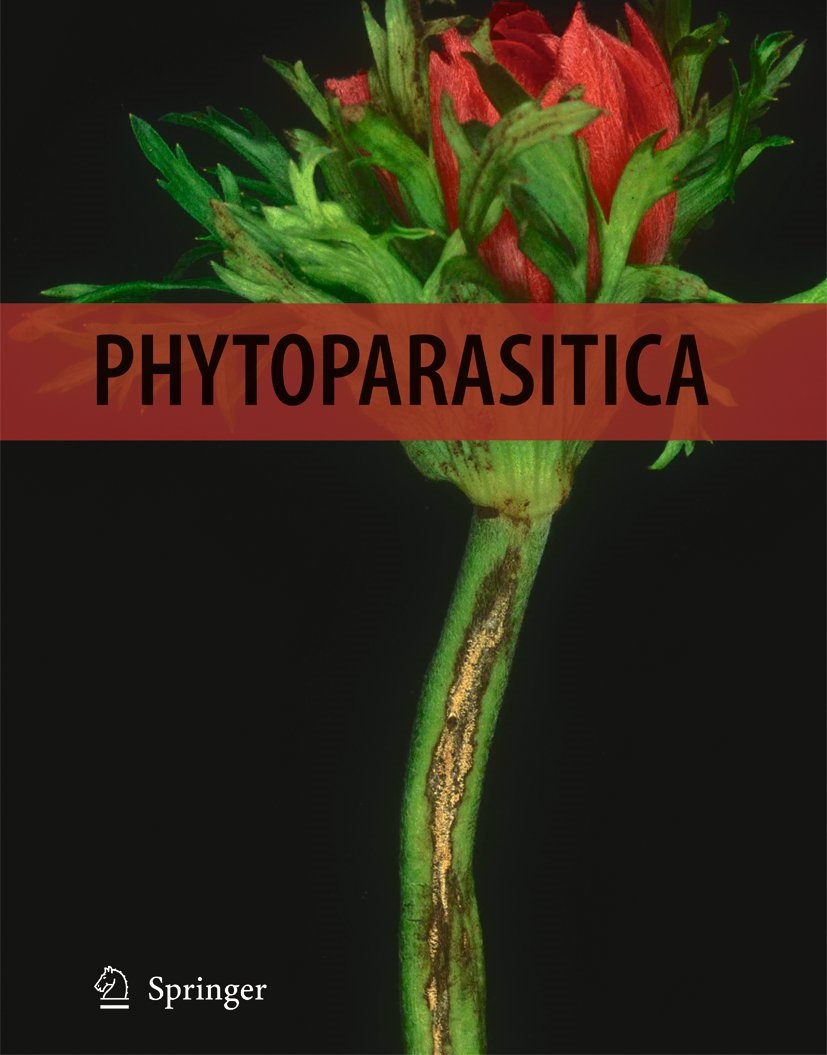Ver ítem
- xmlui.general.dspace_homeCentros e Institutos de InvestigaciónCICVyA. Centro de Investigación en Ciencias Veterinarias y AgronómicasInstituto de Microbiología y Zoología AgrícolaArtículos científicosxmlui.ArtifactBrowser.ItemViewer.trail
- Inicio
- Centros e Institutos de Investigación
- CICVyA. Centro de Investigación en Ciencias Veterinarias y Agronómicas
- Instituto de Microbiología y Zoología Agrícola
- Artículos científicos
- Ver ítem
Molecular identification and preliminary diversity analysis of Astylus atromaculatus Blanchard, 1843 (Coleoptera: Melyridae) based on mitochondrial COI sequences
Resumen
Astylus atromaculatus Blanchard, 1843 (Coleoptera: Melyridae) is a pollinivorous beetle native to southern South America, which has invaded South Africa more than a century ago. Adults and/or larvae may occasionally damage flowers, seeds, and seedlings of various crops. Severe cattle intoxication has also been reported in Argentina, Uruguay, and South Africa following consumption of alfalfa and forage grasses infested with A. atromaculatus. Despite its
[ver mas...]
Astylus atromaculatus Blanchard, 1843 (Coleoptera: Melyridae) is a pollinivorous beetle native to southern South America, which has invaded South Africa more than a century ago. Adults and/or larvae may occasionally damage flowers, seeds, and seedlings of various crops. Severe cattle intoxication has also been reported in Argentina, Uruguay, and South Africa following consumption of alfalfa and forage grasses infested with A. atromaculatus. Despite its economic impact, essential genetic information is lacking for this species. The present paper provides the first DNA barcode reference sequences for A. atromaculatus based on the standard 5’ fragment (658 bp) of the cytochrome c oxidase subunit I gene. The sequences obtained exhibited pairwise distances of ≤ 1.82% among them, and ~ 90% nucleotide identity with the homologous gene fragment in the morphologically similar Astylus variegatus Germar, 1824. The use of this molecular marker to explore the intraspecific variability of A. atromaculatus in central Argentina showed 21 different haplotypes, out of 32 individuals analyzed. A very high haplotype diversity (Hd = 0.962 ± 0.019) and a moderate nucleotide diversity (π = 0.00778 ± 0.00079) were recorded. The haplotype network displayed a diffuse structure due to the abundance of singletons and possible missing haplotypes, with the most common haplotype comprising only 15.6% of the specimens collected. Future research with increased sampling size and geographic coverage will allow for a better understanding of the population genetics of this pest, and consequently, for developing efficient management practices.
[Cerrar]

Fuente
Phytoparasitica 52 : article number 76 (Septiembre 2024)
Fecha
2024-09-05
Editorial
Springer
ISSN
0334-2123 (print)
1876-7184 (online)
1876-7184 (online)
Formato
pdf
Tipo de documento
artículo
Palabras Claves
Derechos de acceso
Restringido
 Excepto donde se diga explicitamente, este item se publica bajo la siguiente descripción: Creative Commons Attribution-NonCommercial-ShareAlike 2.5 Unported (CC BY-NC-SA 2.5)
Excepto donde se diga explicitamente, este item se publica bajo la siguiente descripción: Creative Commons Attribution-NonCommercial-ShareAlike 2.5 Unported (CC BY-NC-SA 2.5)


